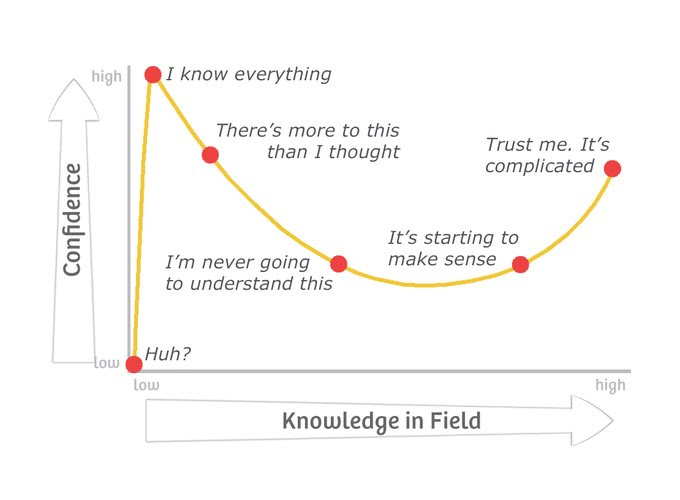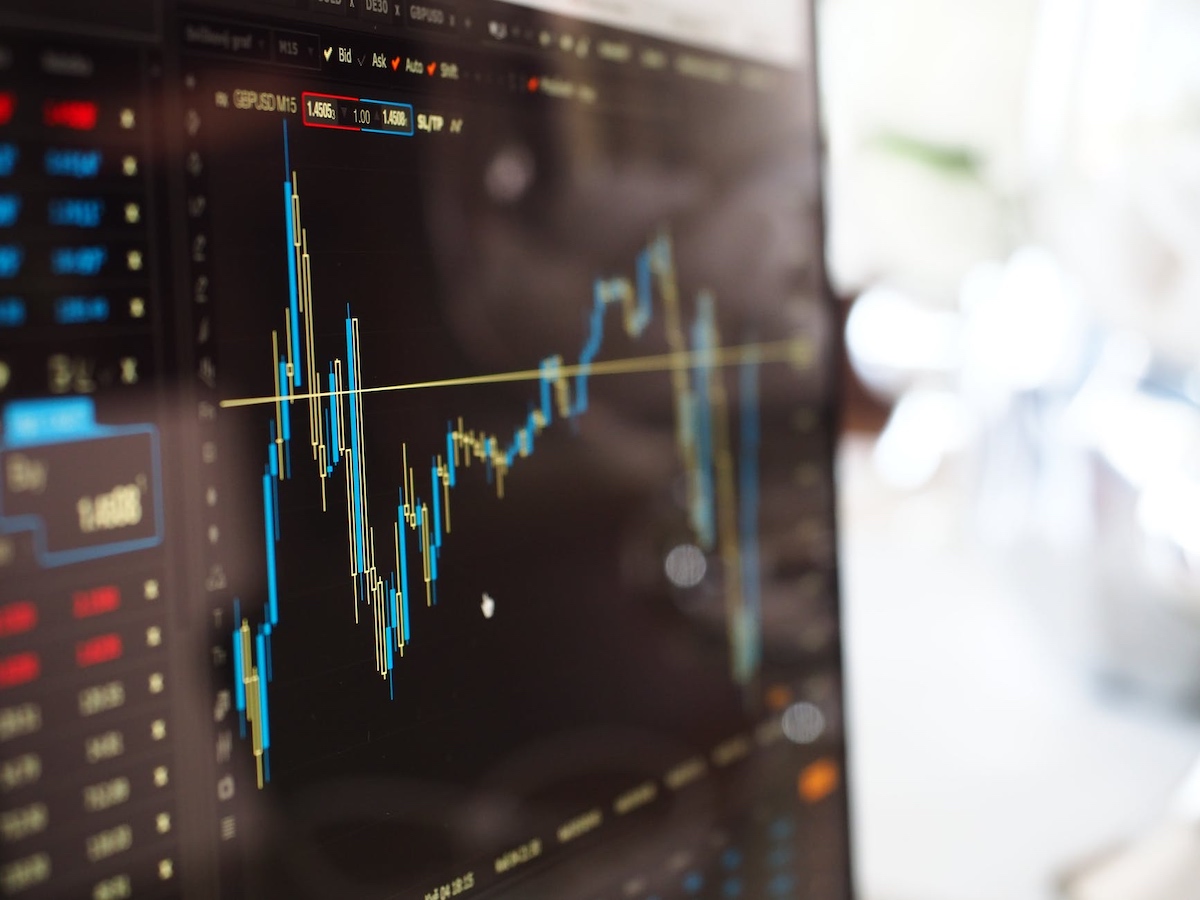One of my favorite investment reads from the past year is “100 Baggers: Stocks that Return 100-to-1 and How to Find Them,” by Christopher Mayer.
The best investment books are loaded with data. Mayer and his publisher spent $50,000 on the research to find all of the stocks that grew 100x between 1962 and 2010.
I’d never seen this type of information collected in just one place. It’s worth digging into the appendix to get the big picture:
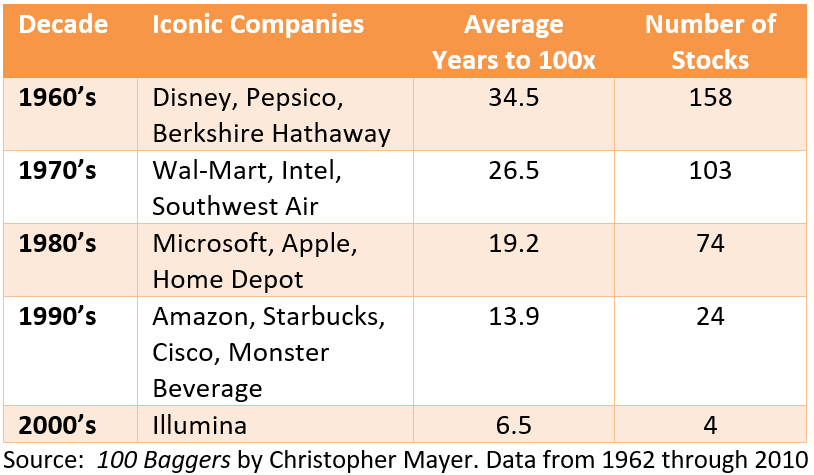
Getting 100-to-one returns doesn’t happen overnight. It usually takes years, often decades.
Having a few exceptional growth stocks can work wonders for a portfolio. The best time to sell a great stock is possibly “never.” (Meanwhile, the best time to sell an awful stock is “ASAP.”)
The 1960s were a period of unprecedented growth. More 100-baggers came out in the 1960s than the subsequent decades. Having more time to grow was also extremely helpful.
Great companies were made in the 1970s and 1980s, too. It took a 1980s bull market to really get things going.
The number of 100-baggers from the 1990s started to decline for some reason. It could have have been the effects of a “lost decade” for stocks from 2000 to 2010. It is also possible that there are still many 100-baggers coming out from the 1990s and early 2000s — we just haven’t seen them hit maturity yet. (Also, the cutoff date from the study was around 2010.)
Financial regulation in the post-9/11 era meant that many companies started going public much later in their life cycles. This was fine for venture capitalists and unfortunate for individual investor, who started to miss out on some of the best opportunities.
But here’s the most interesting thing: The time that it takes to get a 100x return on top growth stocks appears to be shortening.
This requires a higher annualized rate of return on capital invested. Digital technology made this possible, along with network effects and automation.
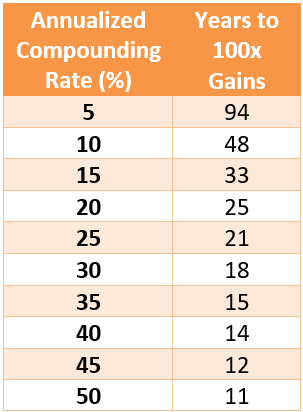
And the lifecycle of organizations seems to be accelerating — from “boom” to “bust.”
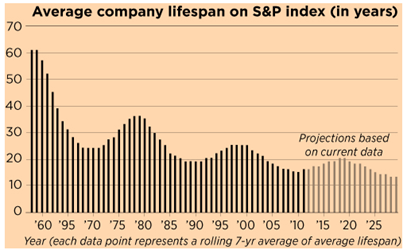
I’ve only ever had one 100-bagger in my portfolio, taking just two years and generating annualized returns of 900% from 2016 to 2018. This involved an unprecedented rate of growth in what was to become the fastest growing asset in the world (it was a cryptocurrency — Ethereum).
In the next issue of my newsletter, we’ll talk about what it takes to become a 100x opportunity and where to find them. (Subscribe here.)
P.S. The Dunning-Kruger effect looks a lot like the Gartner Hype Cycle and the learning curve of Robinhood traders. #stonks
